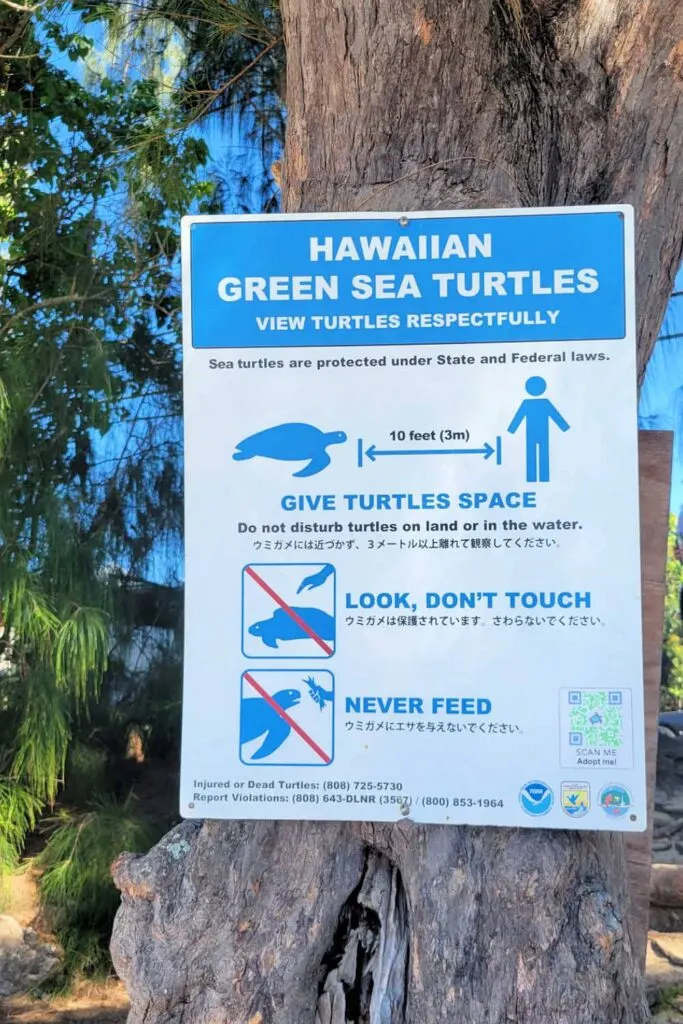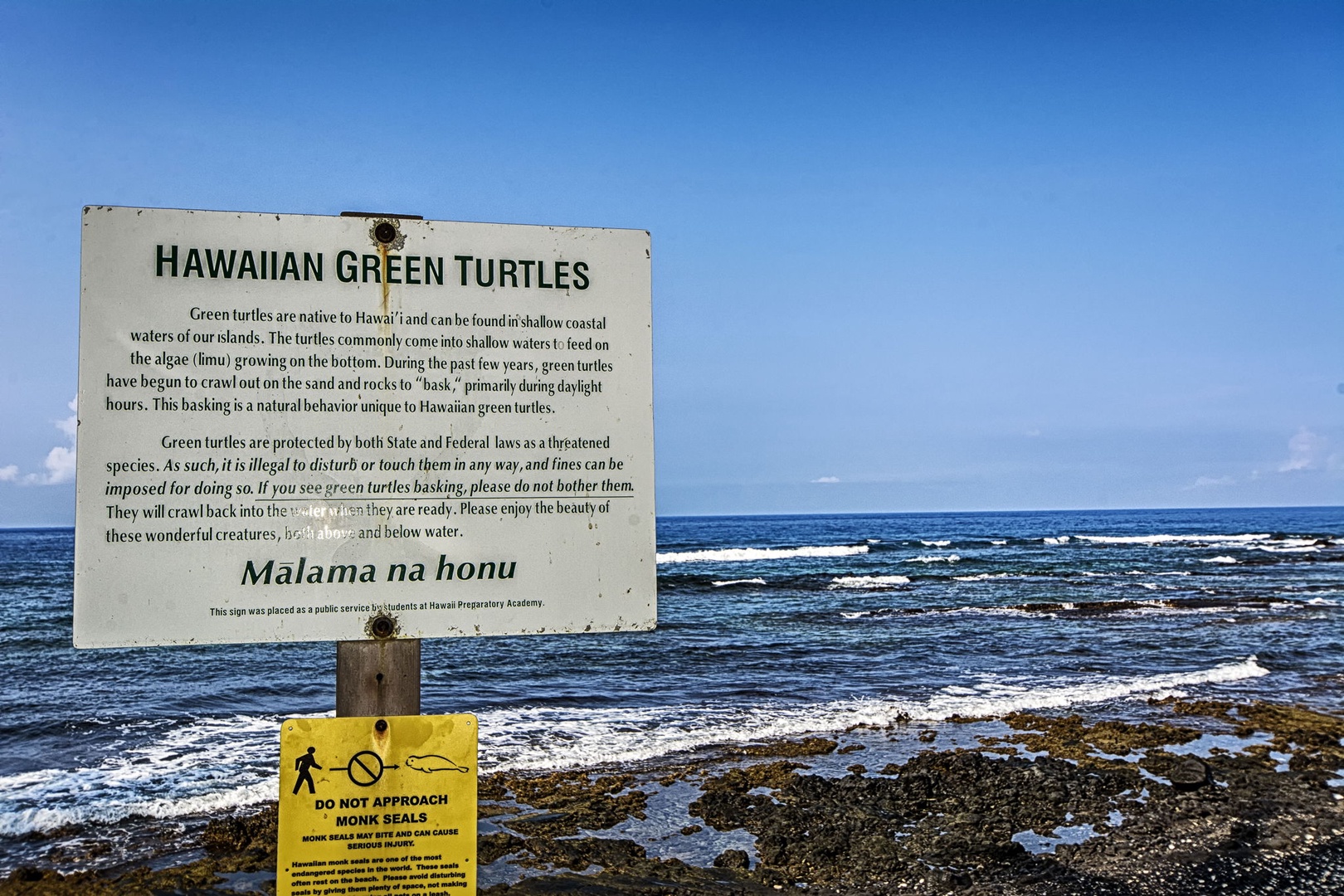Silent Sentinels: The Critical Role of Educational Signage in Protecting Turtle Island’s Ancient Mariners
Turtle Island – a name that conjures images of pristine beaches, swaying palms, and the majestic, ancient mariners after which it is named. For countless generations, these islands, often scattered across the globe’s tropical belt, have served as vital nesting grounds for sea turtles, creatures that have navigated Earth’s oceans for over 100 million years. Yet, in an era marked by escalating human impact, the sanctity of these havens is increasingly threatened. From plastic pollution to irresponsible tourism, the pressures on these critically endangered species are immense. Amidst the complex tapestry of conservation strategies, a seemingly simple yet profoundly effective tool is emerging as a frontline defender: educational signage.
This article delves into the indispensable role of thoughtfully designed and strategically placed educational signage on places like "Turtle Island" (a representative archetype for numerous real-world turtle nesting sites). It explores how these silent sentinels bridge critical knowledge gaps, foster responsible human behavior, and ultimately contribute to the survival of these iconic reptiles.
The Unseen Threats: A Knowledge Gap
The primary threat to sea turtles on their nesting beaches often isn’t malicious intent, but rather a lack of awareness. Tourists, eager to experience the wonder of a nesting turtle or the scramble of hatchlings, may inadvertently disturb the delicate process. Flash photography can disorient nesting females, causing them to abandon their efforts. Touching hatchlings, while seemingly benign, can transfer human bacteria, interfere with their crucial imprinting process, or even injure their soft shells. Litter, particularly plastic, left on beaches can trap hatchlings, be ingested by adult turtles, or alter the sand temperature, impacting hatchling sex ratios.
"Many visitors arrive with a deep appreciation for nature, but without the specific knowledge needed to interact responsibly with such vulnerable wildlife," explains Dr. Anya Sharma, a marine biologist specializing in chelonian conservation, who has worked extensively on various Turtle Islands across Southeast Asia. "They don’t understand that a bright flashlight can disorient a nesting mother, or that a plastic bottle left behind could be a death trap for a tiny hatchling. This isn’t a failure of care, but a failure of information delivery."

This is where educational signage steps in. It serves as an immediate, ever-present educator, capable of conveying vital information precisely when and where it is most needed.
Crafting the Message: Elements of Effective Signage
Effective educational signage for turtle habitats goes far beyond a simple "Do Not Touch" warning. It must be:
- Clear, Concise, and Action-Oriented: Messages should be easy to understand at a glance, using simple language and strong verbs. Instead of lengthy explanations, focus on direct instructions: "Keep Your Distance (20m/60ft)," "No Flash Photography," "Lights Out After Dusk," "Take Your Rubbish With You."
- Visually Engaging: High-quality graphics, illustrations, and photographs are crucial. Images of healthy turtles, nesting females, or struggling hatchlings can evoke empathy and illustrate the impact of human actions more powerfully than words alone. Infographics can convey complex information, such as the life cycle of a sea turtle or the dangers of plastic, in an accessible format.
- Multilingual: Given that many Turtle Islands attract international tourists, signage must be translated into relevant languages (e.g., English, local languages, major tourist origin countries like Chinese, Japanese, Korean, German, French). This ensures the message reaches the widest possible audience.
- Durable and Sustainable: Exposed to harsh coastal environments (sun, salt, sand, rain), signs must be constructed from robust, weather-resistant materials. Recycled plastics, treated wood, or marine-grade aluminum are often preferred. Consideration should also be given to the environmental impact of their production and disposal.
- Strategically Placed: Signs need to be visible at key entry points to beaches, near nesting zones, at access paths, and around facilities like resorts or viewing platforms. Placement should not obstruct natural views or become visual clutter, but rather integrate harmoniously with the environment.
- Educational and Explanatory: While direct instructions are vital, explaining why certain behaviors are necessary fosters deeper understanding and compliance. For example, a sign might state, "Artificial lights disorient hatchlings, leading them away from the ocean and towards danger," rather than just "No Lights." This empowers visitors to become informed advocates.
- Interactive Elements: Incorporating QR codes can link visitors to online resources such as detailed turtle facts, live webcams of nesting sites, videos, donation pages, or reporting hotlines for injured turtles or suspicious activities. This transforms a static sign into a gateway for deeper engagement.

Content Pillars: Messages for Conservation
The core messages conveyed through signage on Turtle Island typically revolve around several critical themes:
- Respecting Nesting Mothers: "Maintain a respectful distance (at least 20 meters/60 feet) from nesting turtles. Movement and noise can cause them to abandon nesting."
- Protecting Hatchlings: "Never touch or interfere with hatchlings. They must make their own journey to the sea to imprint on their home beach."
- Light Discipline: "Turn off all artificial lights after dusk. Bright lights disorient hatchlings, leading them inland instead of to the ocean." This often extends to beachfront properties and resort lighting.
- Leave No Trace: "Take all your rubbish with you. Plastic bags, bottles, and other debris can be mistaken for food by turtles or entangle them."
- Habitat Preservation: "Stay on marked paths. Do not disturb beach vegetation or dune systems, which are vital for nesting and erosion control."
- Reporting and Emergency Contacts: Clear instructions and contact numbers for reporting injured turtles, suspicious activities (e.g., poaching), or unusual sightings.
"We’ve seen a noticeable reduction in flash photography incidents and litter on nesting beaches since we implemented more comprehensive, explanatory signage," says Pak Budi, a veteran park ranger on a remote Indonesian Turtle Island. "People respond better when they understand the ‘why’ behind the rules. They become partners in conservation, not just visitors."
Beyond the Board: Signage as Part of a Holistic Strategy
While invaluable, educational signage is not a standalone solution. Its effectiveness is amplified when integrated into a broader conservation strategy that includes:
- Ranger Patrols and Enforcement: Signs provide rangers with a reference point for educating visitors and enforcing regulations.
- Community Engagement: Involving local communities in the design, placement, and maintenance of signs fosters a sense of ownership and pride.
- School Outreach Programs: Educating local children about sea turtle conservation instills values that will last a lifetime and can influence family behavior.
- Digital Campaigns: Complementing physical signs with social media posts, website information, and educational videos reinforces messages to a wider audience.
- Eco-Tourism Guidelines: Resorts and tour operators should be mandated to include turtle conservation ethics in their visitor briefings.
A fascinating fact highlights the urgency: the sex of a sea turtle hatchling is determined by the temperature of the sand during incubation. Warmer sands produce more females, while cooler sands produce more males. With climate change leading to rising global temperatures, many nesting beaches are already seeing a dramatic skew towards female hatchlings, threatening future breeding populations. Signage can even touch upon this complex issue, urging visitors to understand the broader environmental pressures.
The Future of Silent Advocacy
The future of Turtle Island’s ancient mariners hinges on a delicate balance between human presence and ecological preservation. Educational signage, often overlooked in its simplicity, stands as a critical bridge in this equation. It empowers visitors with knowledge, transforms passive observation into active stewardship, and subtly shapes the culture of interaction with fragile ecosystems.
As global tourism continues to grow, and the pressures on natural habitats intensify, the role of these silent advocates will only become more pronounced. Investing in well-designed, informative, and strategically placed educational signage isn’t just an expense; it’s an investment in the longevity of Earth’s most enigmatic seafarers. By effectively communicating the urgency and beauty of their plight, these boards ensure that the legacy of Turtle Island, and the ancient lives it harbors, continues for generations to come. The silent sentinels speak volumes, urging us all to listen and act.



